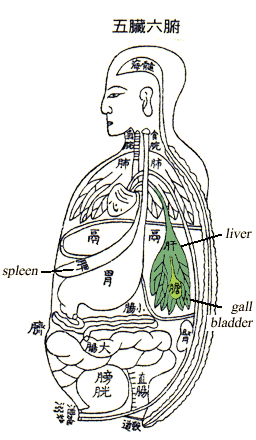|
|
The liver is a large wedge shaped organ found in the upper right side of the abdominal cavity. It is essential for the digestion and metabolism of food, breakdown of toxins and drugs, production of blood clotting factors and storage of blood.
Liver cancer is one of the most common fatal cancers in many Asian and African countries. Less than 5% of patients survive five years after diagnosis. It is much less common (about 50 times less) in North America and Europe where it is still considered rare. However, rates are rising in some western countries such as Australia. This is thought to be due to a rise in Hepatitis B and Hepatitis C virus infection rates, both of which are major causes of liver cancer. It may be also attributed to a rise in emigration of people from countries where liver cancer is common.
When talking about liver cancer it is important to distinguish between primary liver cancer, known as hepatocellular carcinoma, and secondary liver cancer, because the type of cancer affects the selection of treatment. Primary liver cancer develops in the liver first and may spread to other parts of the body late in the disease process. Secondary liver cancers are tumors formed by cancer cells that have spread by either the blood or the lymphatics from tumors that originally developed in other parts of the body. Another cancer sometimes mistakenly called "liver cancer", because it affects the liver's functioning, is primary bile duct cancer-cancer that grows in the tubes carrying the enzyme rich digestive fluid, bile.
This article will focus on primary liver cancer (hepatocellular carcinoma). |
|
| |
In Traditional Chinese Medicine (TCM), liver cancer is associated with the presence of an "abdominal mass" referred to as "zheng" and "jia". "Zheng" is a palpable and fixed mass in the abdomen with localized pain. "Jia," is an abdominal mass, which occurs intermittently and has pain that can move within the abdomen. Since TCM does not focus on anatomical pathological (disease) changes, the exact location of the abdominal mass is not as important as figuring out the disharmony pattern which causes the mass to occur.
Early TCM medical literature described symptoms similar to our modern day understanding of liver cancer. One example is the "xi fen" disorder, which is the ancient medical name for lumps found at the left flank region (below the chest). Other symptom categories that have close relationships with liver cancer include abdominal distention, jaundice and abdominal fullness and oppression. Both oppression and fullness are TCM symptoms mainly caused by stagnation of qi flow (vital energy) in the chest.
In western medicine, liver cancer may be classified as either being benign, meaning cancer that does not spread, or malignant, meaning cancer that can spread as primary and secondary liver tumors. Secondary liver cancer refers to a tumor, which has metastasized from other organs.
This article will mainly discuss primary hepatocellular carcinoma, a type of cancer that originates in the liver.

TCM Representation of the liver, spleen and gall bladder organs
|
| |
|